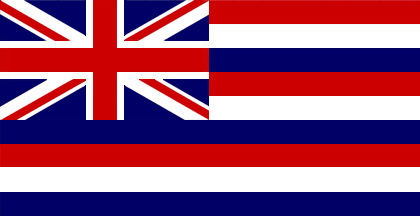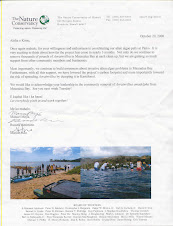Mahalo nui to Tokio "Fishy" Jodoi and Annie Inouye for meeting with us this past Sunday at Kuliʻouʻou Beach Park to talk story about the Maunalua of days gone by.
Uncle Fishy is nearly 90 years young and told us about the old days of living in the ahupuaʻa of Maunalua. His parents had lease rights to Maunalua fish pond from 1915 to 1938 with a couple other families.
Uncle Fishy grew up working on the pond with his family. He had to restock the pond with baby ʻamaʻama (mullet) which they would catch in the bay outside of the pond in front of Maunalua, Kuliʻouʻou, Niu, Wailupe and Waialae. The would catch the ʻamaʻama with nets and raise the pua (baby fish) in the pond until market size and than sell them.
They could control water flow and fish entering the pond by operating several mākāhā (sluice gates) at the entrance to the pond. Other fish besides ʻamaʻama that would enter the pond included, ʻawaʻawa, āholehole, awa, pāpio and kākū.
Uncle Fishy told us of how he would study by kerosene lamp at night and they would have to get there drinking water from town.
He remembers being able to see the glow of the big volcanic eruptions on Hawaii island during the 1930ʻs from the Kalama Valley and Sandy Beach areas.
Uncle Fishyʻs family lived in a structure that was approx. 50 yards from where Hawaii Kai drive meets Kalanianaole Hwy now. To get to town and back home, you would have to cross the May Way bridge which was just a single lane wood bridge. This bridge, Uncle Fishy said was plenty sufficient in those days because you would only have maybe 3 or 4 cars per day travel the bumby coral rock road to come all the way out to Maunalua which was than considered the "sticksʻ or "boondocks".
More about Uncle Fishy later.









